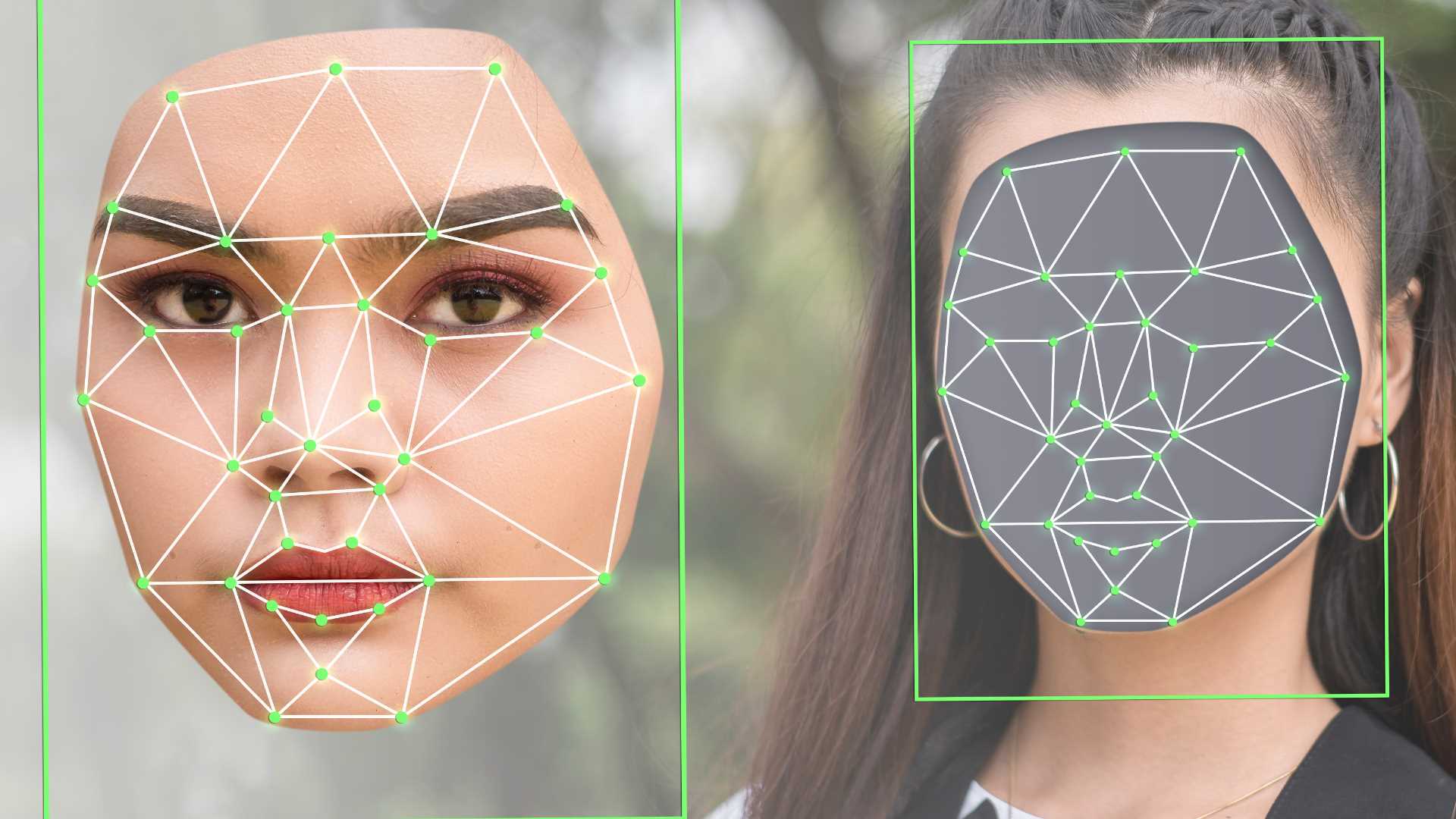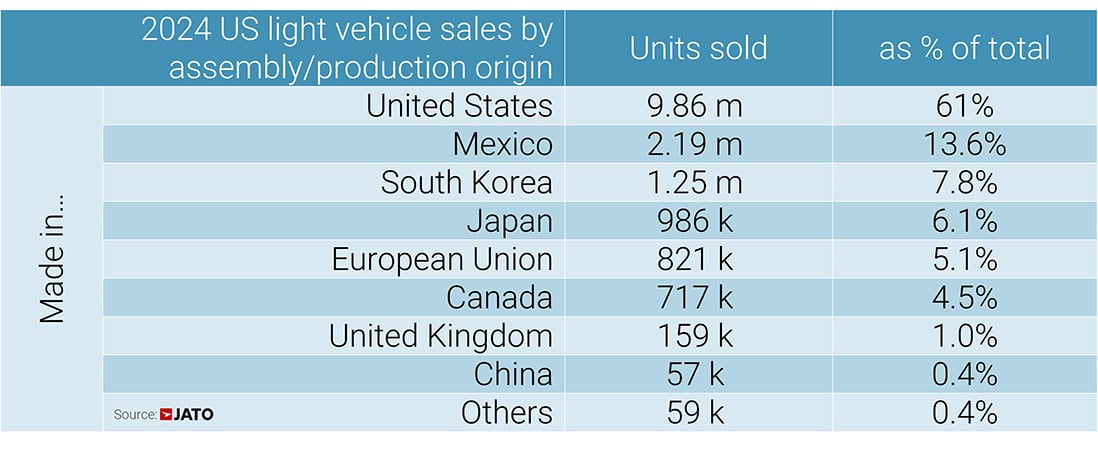Our Best Look at the Cosmic Web
At first glance the large scale structure of the Universe may seem to be a swarming mass of unconnected galaxies. Yet somehow, they are! The ‘cosmic web’ is the largest scale structure of the Universe and consists of vast networks of interconnected filamentary structures that surround empty voids. A team of astronomers have used hundreds … Continue reading "Our Best Look at the Cosmic Web" The post Our Best Look at the Cosmic Web appeared first on Universe Today.

At first glance the large scale structure of the Universe may seem to be a swarming mass of unconnected galaxies. Yet somehow, they are! The ‘cosmic web’ is the largest scale structure of the Universe and consists of vast networks of interconnected filamentary structures that surround empty voids. A team of astronomers have used hundreds of hours of telescope time to capture the highest resolution image ever taken of a single cosmic filament that connects to forming galaxies. It’s so far away from us that we see it as it was when the Universe was just 2 billion years old!
Dark matter is largely invisible to us, only detectable through its interaction with other phenomenon. It makes up about 85% of the matter in the universe and plays a crucial role in shaping the large-scale structure of the cosmos. It doesn’t emit, absorb, or reflect light hence its name and its gravitational influence holds galaxies together and forms the cosmic web—a vast, interconnected network of filaments composed of dark matter, gas, and galaxies. Scientists have been studying the cosmic web using simulations and gravitational lensing techniques to understand the nature of dark matter and its role in evolution of the universe.

One of the biggest challenges that faces astronomers studying the cosmic web is that the gas has mainly been detected through its absorption of light from a more distant object. The results of such studies however do not help us to understand the distribution of gas in the web. Studies that focus on hydrogen which is the most common element in the universe, can only be detected from a very faint glow so that previous attempts to map its distribution have failed.
In this new paper that was published by a team of researchers that were led by scientists from the University of Milano-Bicocca and included members from the Max Planck Institute for Astrophysics. The team employed the use of the Multi-Unit Spectroscopic Explorer (MUSE) on the Very Large Telescope at the European Southern Observatory in Chile. The instrument was designed to capture 3D data of astronomical objects by combining images and spectroscopic observations across thousands of wavelengths simultaneously. Even with the capabilities of MUSE, the team had to capture data over hundreds of hours to reveal sufficient detail in the filaments of the cosmic web.

The team was led by PhD student at the University of Milano-Bicocca Davide Tornotti and they used MUSE to study a filament that measures 3 million light years in length. The filament connects two galaxies, each with a supermassive black hole deep in their core. They were able to demonstrate a new way of mapping the intergalactic filaments, helping to understand more about galactic formation and the evolution of the universe.
Before they were able to start collecting the data, the team were able to run simulations of the emissions from filaments based upon the current model of the universe. They were then able to compare the results and both were remarkably similar. The discovery can help us to learn how galaxies in the cosmic web are fuelled but the team assert that they still need more data. More structures are now being uncovered as the techniques are repeated with the goal to finally reveal how gas is distributed among the cosmic web.
Source : Researchers capture direct high-definition image of the “Cosmic Web”
The post Our Best Look at the Cosmic Web appeared first on Universe Today.













































































